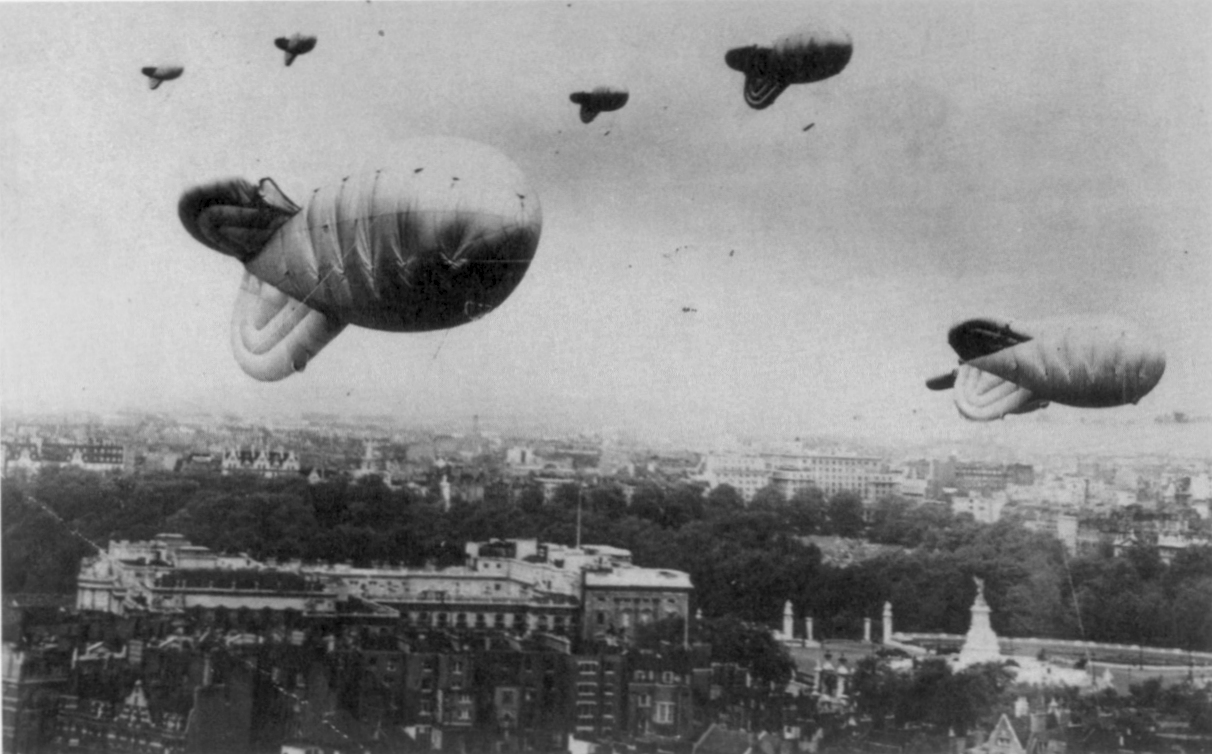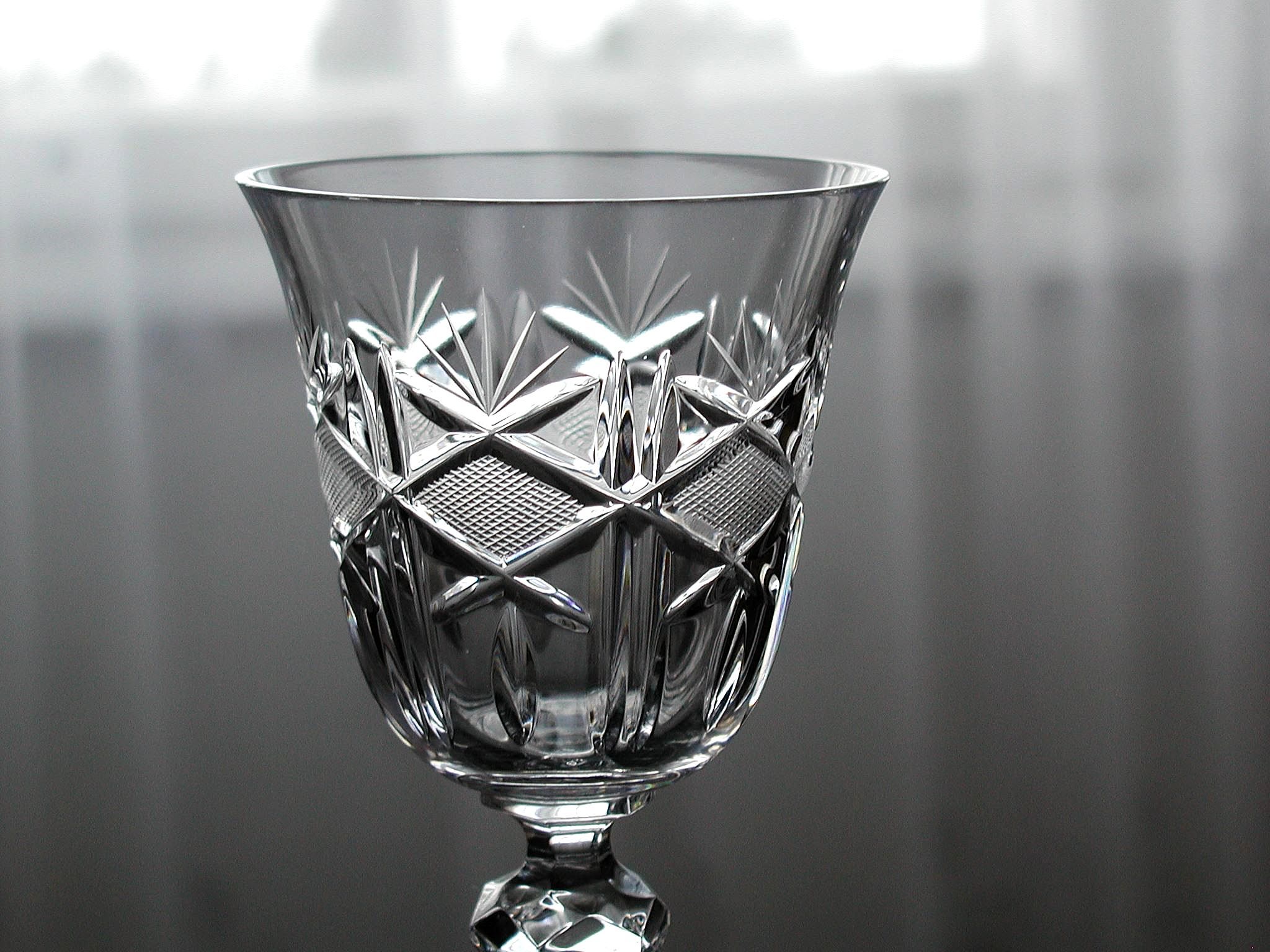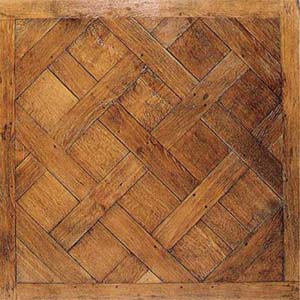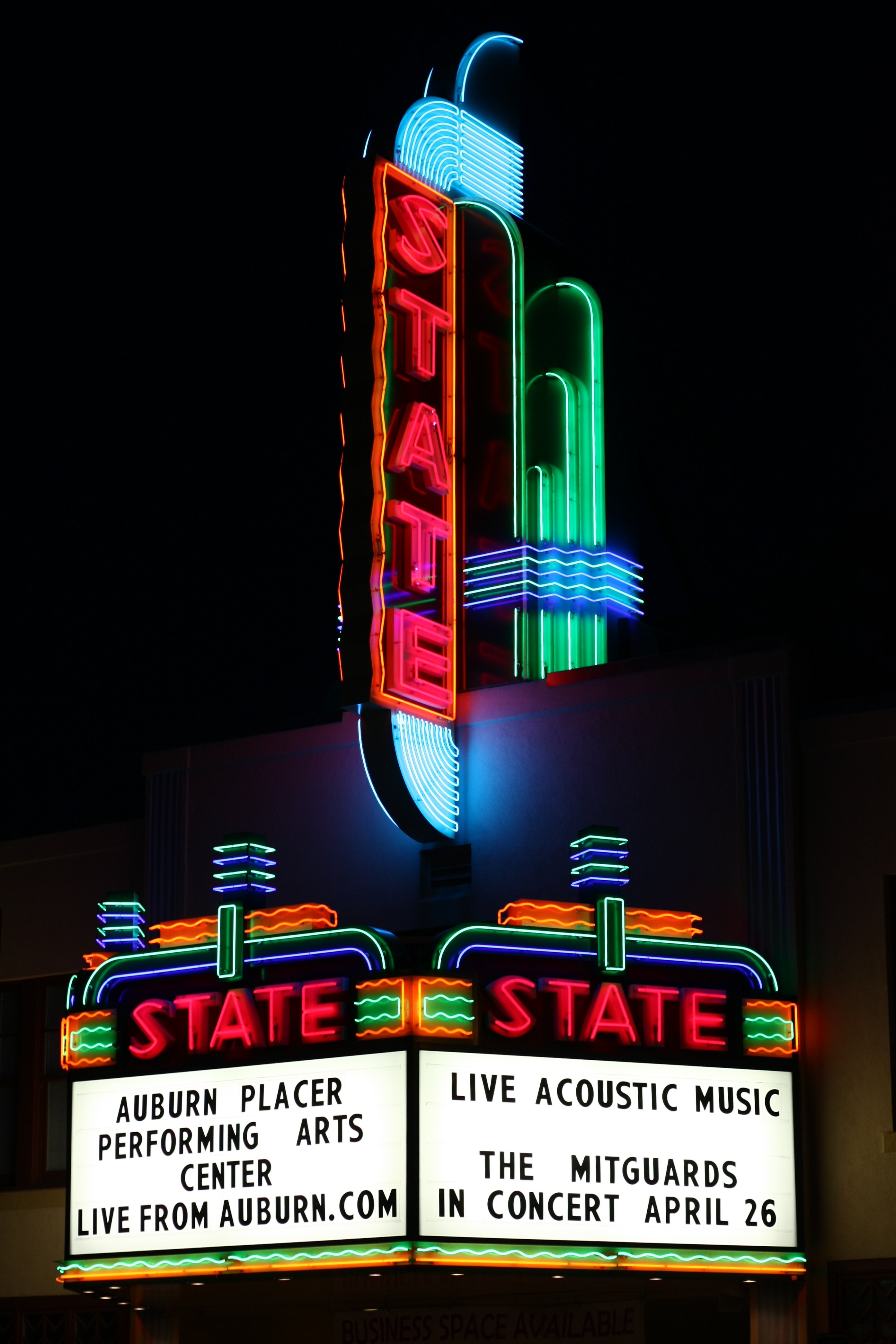|
Regent Palace Hotel
The Regent Palace Hotel was a large hotel in central London at 10 Glasshouse Street, close to Piccadilly Circus, between 1915 and 2006. It was designated as a Grade II listed building by English Heritage in 2004.REGENT PALACE HOTEL (MAIN BUILDING AND BRIDGE) , accessed 10 January 2018. History In 1912, bought the unused property on the outer edge of the Quadrant in |
The Blitz
The Blitz (English: "flash") was a Nazi Germany, German bombing campaign against the United Kingdom, for eight months, from 7 September 1940 to 11 May 1941, during the Second World War. Towards the end of the Battle of Britain in 1940, a contest for daylight air superiority over the United Kingdom between the and the Royal Air Force, Germany began conducting mass air attacks against British cities, beginning with London, in an attempt to draw the RAF Fighter Command into a battle of annihilation.Price 1990, p. 12. Adolf Hitler and Hermann Göring, commander-in-chief of the Luftwaffe, ordered the new policy on 6 September 1940. From 7 September 1940, London was systematically bombed by the Luftwaffe for 56 of the following 57 days and nights. Notable attacks included a large daylight attack against London on Battle of Britain Day, 15 September, a large raid on 29 December 1940 against London -- resulting in a firestorm known as the Second Great Fire of London,Hooton 1997, p. ... [...More Info...] [...Related Items...] OR: [Wikipedia] [Google] [Baidu] |
Grade II Listed Buildings In The City Of Westminster
Grade most commonly refers to: * Grading in education, a measurement of a student's performance by educational assessment (e.g. A, pass, etc.) * A designation for students, classes and curricula indicating the number of the year a student has reached in a given educational stage (e.g. first grade, second grade, K–12, etc.) * Grade (slope), the steepness of a slope * Graded voting Grade or grading may also refer to: Music * Grade (music), a formally assessed level of profiency in a musical instrument * Grade (band), punk rock band * Grades (producer), British electronic dance music producer and DJ Science and technology Biology and medicine * Grading (tumors), a measure of the aggressiveness of a tumor in medicine * The Grading of Recommendations Assessment, Development and Evaluation (GRADE) approach * Evolutionary grade, a paraphyletic group of organisms Geology * Graded bedding, a description of the variation in grain size through a bed in a sedimentary rock * ... [...More Info...] [...Related Items...] OR: [Wikipedia] [Google] [Baidu] |
Hotels In The City Of Westminster
A hotel is an establishment that provides paid lodging on a short-term basis. Facilities provided inside a hotel room may range from a modest-quality mattress in a small room to large suites with bigger, higher-quality beds, a dresser, a refrigerator, and other kitchen facilities, upholstered chairs, a television, and en-suite bathrooms. Small, lower-priced hotels may offer only the most basic guest services and facilities. Larger, higher-priced hotels may provide additional guest facilities such as a swimming pool, a business center with computers, printers, and other office equipment, childcare, conference and event facilities, tennis or basketball courts, gymnasium, restaurants, day spa, and social function services. Hotel rooms are usually numbered (or named in some smaller hotels and B&Bs) to allow guests to identify their room. Some boutique, high-end hotels have custom decorated rooms. Some hotels offer meals as part of a room and board arrangement. In Japan, capsul ... [...More Info...] [...Related Items...] OR: [Wikipedia] [Google] [Baidu] |
Cut Glass
Cut glass or cut-glass is a technique and a style of decorating glass. For some time the style has often been produced by other techniques such as the use of Molding (process), moulding, but the original technique of cutting glass on an abrasive wheel is still used in luxury products. On glassware vessels, the style typically consists of furrowed faces at angles to each other in complicated patterns, while for lighting fixtures, the style consists of flat or curved facets on small hanging pieces, often all over. Historically, cut glass was shaped using "coldwork" techniques of grinding or drilling, applied as a secondary stage to a piece of glass made by conventional processes such as glassblowing. Today, the glass is often mostly or entirely shaped in the initial process by using a mould (pressed glass), or imitated in clear plastic. Traditional hand-cutting continues, but gives a much more expensive product. Lead glass has long been misleadingly called "crystal" by the indu ... [...More Info...] [...Related Items...] OR: [Wikipedia] [Google] [Baidu] |
Art Deco
Art Deco, short for the French (), is a style of visual arts, architecture, and product design that first Art Deco in Paris, appeared in Paris in the 1910s just before World War I and flourished in the United States and Europe during the 1920s to early 1930s, through styling and design of the exterior and interior of anything from large structures to small objects, including clothing, fashion, and jewelry. Art Deco has influenced buildings from skyscrapers to cinemas, bridges, ocean liners, trains, cars, trucks, buses, furniture, and everyday objects, including radios and vacuum cleaners. The name Art Deco came into use after the 1925 (International Exhibition of Modern Decorative and Industrial Arts) held in Paris. It has its origin in the bold geometric forms of the Vienna Secession and Cubism. From the outset, Art Deco was influenced by the bright colors of Fauvism and the Ballets Russes, and the exoticized styles of art from Chinese art, China, Japanese art, Japan, Indian ... [...More Info...] [...Related Items...] OR: [Wikipedia] [Google] [Baidu] |
Parquet
Parquet (; French for "a small compartment") is a geometric mosaic of wood pieces used for decorative effect in flooring. Parquet patterns are often entirely geometrical and angular—squares, triangles, lozenges—but may contain curves. The most popular parquet flooring pattern is herringbone. Etymology The word derives from the Old French ''parchet'' (the diminutive of ''parc''), literally meaning "''a small enclosed space''". History Large diagonal squares known as ''parquet de Versailles'' were introduced in 1684 as ''parquet de menuiserie'' ("woodwork parquet") to replace the marble flooring that required constant washing, which tended to rot the joists beneath the floors. Such ''parquets en losange'' were noted by the Swedish architect Daniel Cronström at Versailles and at the Grand Trianon in 1693. Materials Woods contrasting in color and grain, such as oak, walnut, cherry, lime, pine, maple etc. are sometimes employed, and in the more expensive kinds the ri ... [...More Info...] [...Related Items...] OR: [Wikipedia] [Google] [Baidu] |
Neon Sign
In the signage industry, neon signs are electric signs lighted by long luminous gas-discharge tubes that contain rarefied neon or other gases. They are the most common use for neon lighting, which was first demonstrated in a modern form in December 1910 by Georges Claude at the Paris Motor Show. While they are used worldwide, neon signs were popular in the United States from about the 1920s to 1950s. The installations in Times Square, many originally designed by Douglas Leigh, were famed, and there were nearly 2,000 small shops producing neon signs by 1940. Pages 221–223 describe Moore tubes. Pages 369–374 describe neon tube lighting. Page 385 discusses Risler's contributions to fluorescent coatings in the 1920s. Pages 388–391 discuss the development of the commercial fluorescent at General Electric in the 1930s. In addition to signage, neon lighting is used frequently by artists and architects, and (in a modified form) in plasma display panels and televisions. Paid acce ... [...More Info...] [...Related Items...] OR: [Wikipedia] [Google] [Baidu] |
Battle Of Britain
The Battle of Britain () was a military campaign of the Second World War, in which the Royal Air Force (RAF) and the Fleet Air Arm (FAA) of the Royal Navy defended the United Kingdom (UK) against large-scale attacks by Nazi Germany's air force, the Luftwaffe. It was the first major military campaign fought entirely by air forces."92 Squadron – Geoffrey Wellum." ''Battle of Britain Memorial Flight'' via ''raf.mod.uk.''. Retrieved: 17 November 2010, archived 2 March 2009. It takes its name from This was their finest hour, the speech given by Prime Minister Winston Churchill to the House of Commons of the United Kingdom, House of Commons on 18 June: "What Maxime Weygand, General Weygand called the 'Battle of France' is over. I expect that the Battle ... [...More Info...] [...Related Items...] OR: [Wikipedia] [Google] [Baidu] |
Piccadilly Circus
Piccadilly Circus is a road junction and public space of London's West End of London, West End in the City of Westminster. It was built in 1819 to connect Regent Street with Piccadilly. In this context, a ''List of road junctions in the United Kingdom, circus'', from the Latin word meaning "circle", is a round open space at a street junction. The Circus now connects Piccadilly, Regent Street, Shaftesbury Avenue, the Haymarket, Coventry Street (onwards to Leicester Square) and Glasshouse Street. It is close to major shopping and entertainment areas in the West End. Its status as a major traffic junction has made Piccadilly Circus a busy meeting place and a tourist attraction in its own right. The Circus is particularly known for its video display and Neon lighting, neon signs mounted on the corner building on the northern side, as well as the Shaftesbury Memorial Fountain and statue of Anteros (which is popularly, though mistakenly, believed to be of Eros). It is surrounded by ... [...More Info...] [...Related Items...] OR: [Wikipedia] [Google] [Baidu] |
Victoria And Albert Museum
The Victoria and Albert Museum (abbreviated V&A) in London is the world's largest museum of applied arts, decorative arts and design, housing a permanent collection of over 2.8 million objects. It was founded in 1852 and named after Queen Victoria and Albert, Prince Consort, Prince Albert. The V&A is in the Royal Borough of Kensington and Chelsea, in an area known as "Albertopolis" because of its association with Prince Albert, the Albert Memorial, and the major cultural institutions with which he was associated. These include the Natural History Museum, London, Natural History Museum, the Science Museum (London), Science Museum, the Royal Albert Hall and Imperial College London. The museum is a non-departmental public body sponsored by the Department for Digital, Culture, Media and Sport. As with other national British museums, entrance is free. The V&A covers and 145 galleries. Its collection spans 5,000 years of art, from ancient history to the present day, from the c ... [...More Info...] [...Related Items...] OR: [Wikipedia] [Google] [Baidu] |
Oliver Percy Bernard
Oliver Percy Bernard Officer of the Order of the British Empire, OBE Military Cross, MC (8 April 1881 – 15 April 1939) was an English architect, and scenic designer, scenic, graphic design, graphic and industrial designer. He was instrumental in developing conservative Victorian architecture, Victorian British taste in a modernism, modernist European direction; much of his work is frequently characterised as art deco. Early life Born in Camberwell, London, Bernard was the son of Charles Bernard, (d.1894), a theatre manager, and his wife, Annie Allen, an actress. Oliver Bernard experienced an unhappy childhood in London and, on the death of his father in 1894, left for Manchester to take a job as a stage hand in a theatre. There, he took on his own education by reading John Locke, John Ruskin and others. He ultimately took a series of menial jobs at sea, before returning to London to take up scene painting with Walter Hann. In 1905, Bernard went to New York to work as princip ... [...More Info...] [...Related Items...] OR: [Wikipedia] [Google] [Baidu] |







